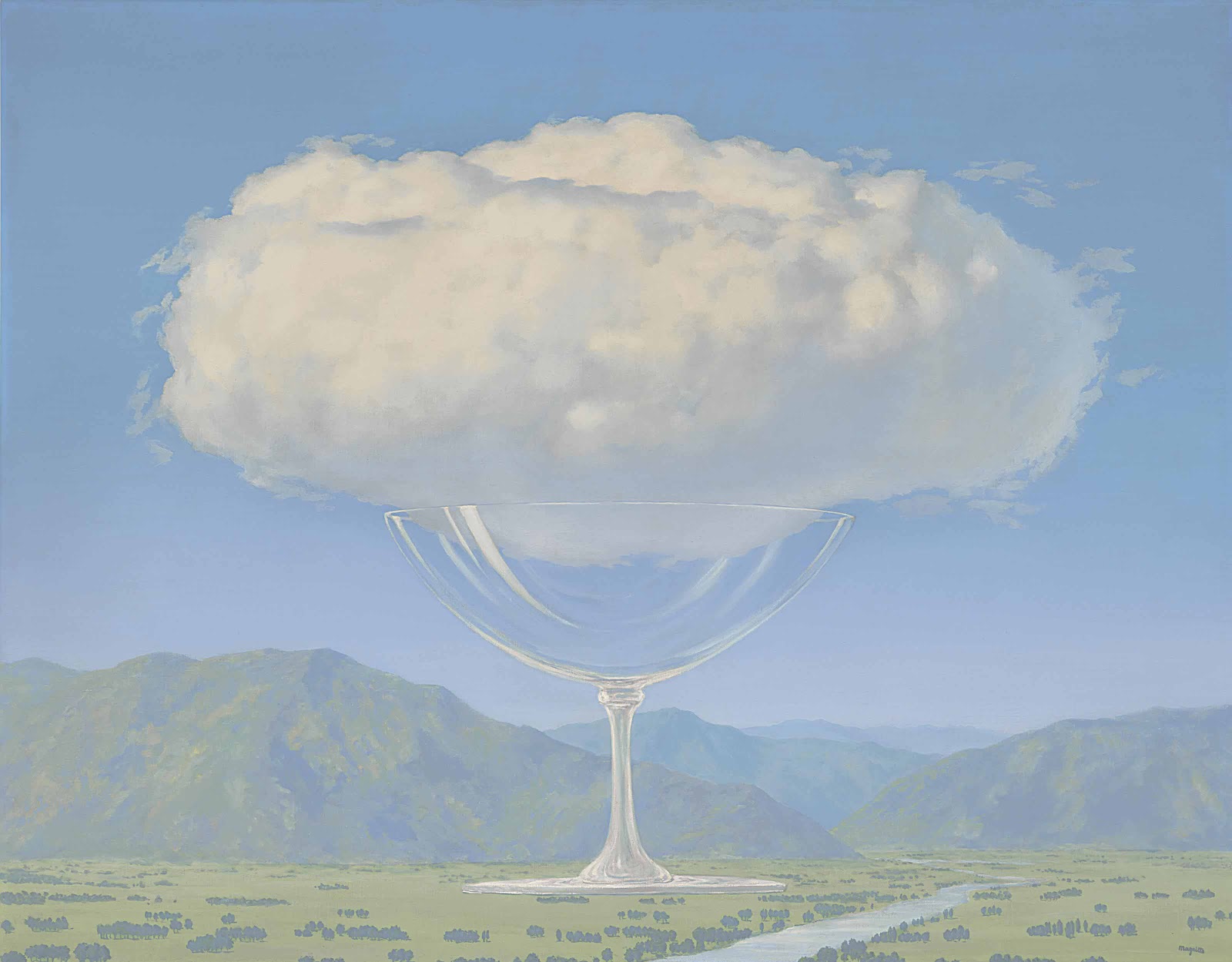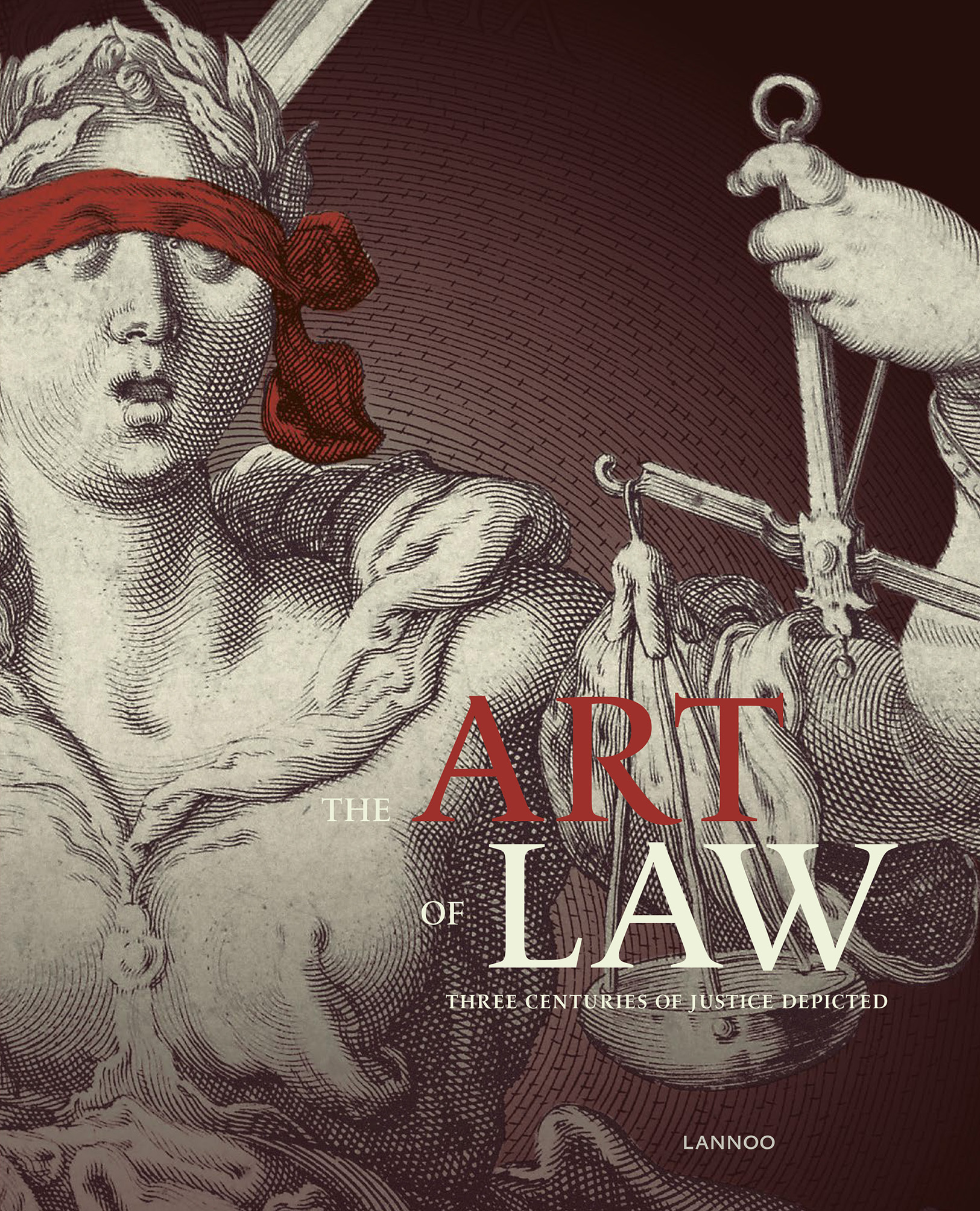I believe that we are affected by what is poured into us. This feels pertinent to as a Mother, looking honestly at how I raise and influence my daughter. How she is influenced by her world. What nourishes her and what harms her. I am influenced my trauma and this is an underlying theme for this work; I will explore the Surrealist movement further to get better context.
I would like to make mixed media pieces for an installation that explores these themes.
My initial thoughts are that I would like this to be collaborative; to engage the viewer in action so that they might be compelled to connect more deeply with the subject being discussed. So that I might learn from their engagement.
I would like to display vessels illustrated with images of AI generated children’s faces. These children do not exist and themselves are composite of many other children’s faces.
This echo’s the theme of the work while bringing the contentious issue of AI generated images into the conversation. This narrative is further complicated by the fact that the choice to use these images instead of photos of real children was an ethical one; a striving to avoid being exploitative. Posing the question: Which is a more ethical choice by me as an artist?
My idea for collaboration is that I would present multiple transparent vessels as well as liquids and pipettes to the audience. They will be invited to pour liquid into each container until they are finished or until the vessel is full. There could be a selection of coloured liquids available; some water and some oil; that way, the different layers added will stay separated, forming strata bands of colour, of influence. Like a geological sample of psyche. The liquids should be unlabeled to give the audience space to relate to the piece.
The piece will be true to life in scale, with each image being head sized. This makes them feel more relatable, more real, more emotive.
I would like to use glass because of its transparency but also its fragility. We are all capable of shattering and or cutting if handled too roughly. I have unfortunately been told that I cannot use glass in this setting and so instead will have to adapt this choice and use Perspex.
I like the idea of referencing milk. It is the original food and has strong language around nourishment.
I also want to explore a collection of pillows. I like the idea of examining the imprints that we leave in fabric after we sleep. Like a mould of our subconscious. I also like the idea of messing with visual scripting and creating pillows using unexpected materials like plaster; capturing the ephemeral. I will explore 2D and 3D works.
I would like to experiment with photographic and video pieces of the objects.
While I am pleased with this initial concept, in an effort to push my artistic practise, I am going to focus on just making and following my creative instincts. When connecting with my last project brief, I was very loyal to my original idea. This in of itself had merit. But it also painted me into a corner direction wise and in that way was limiting. So I will strive for the opposite this time.




























